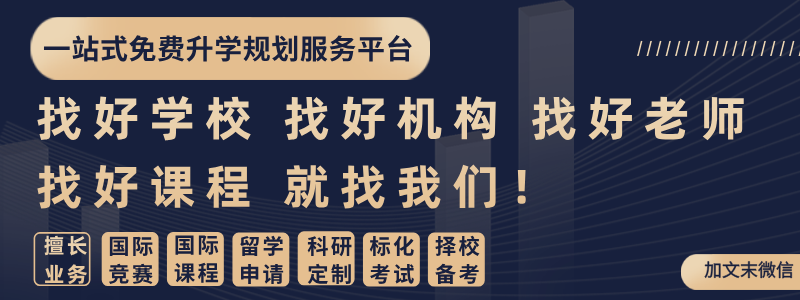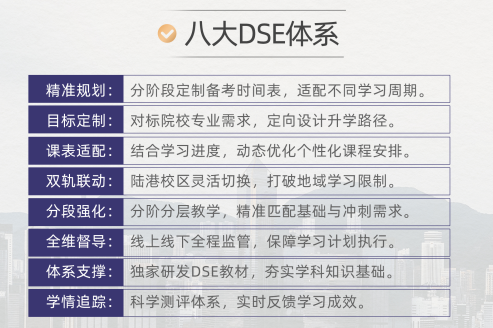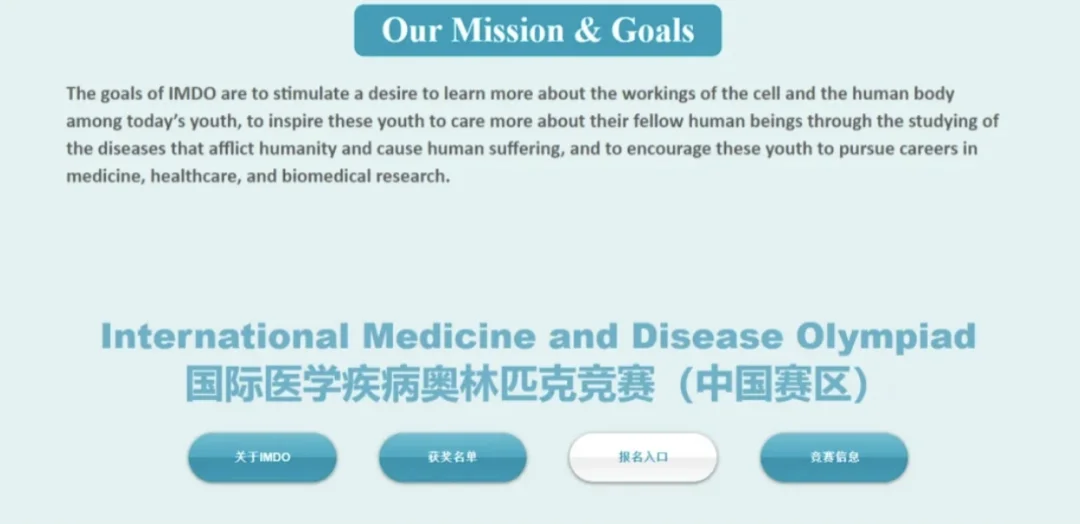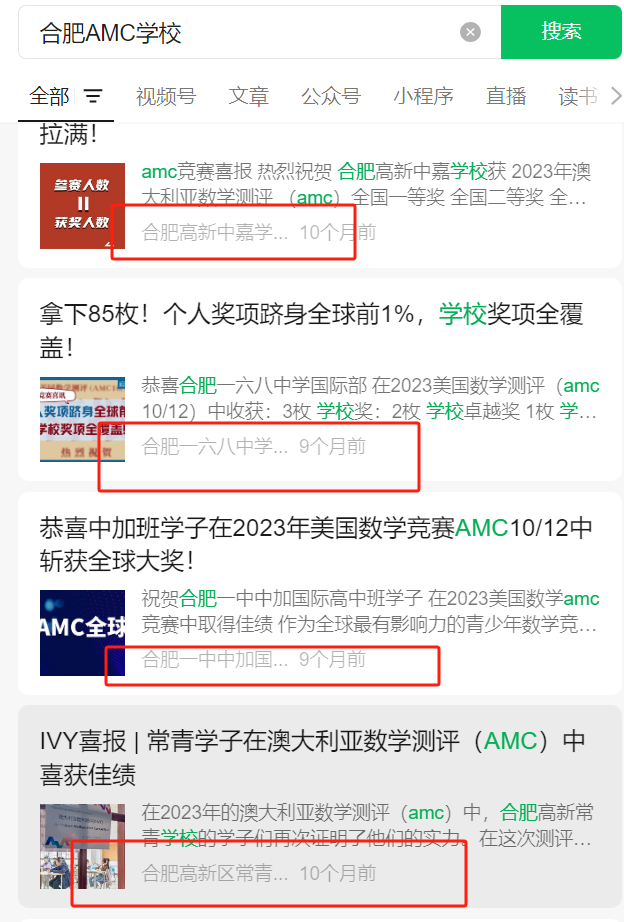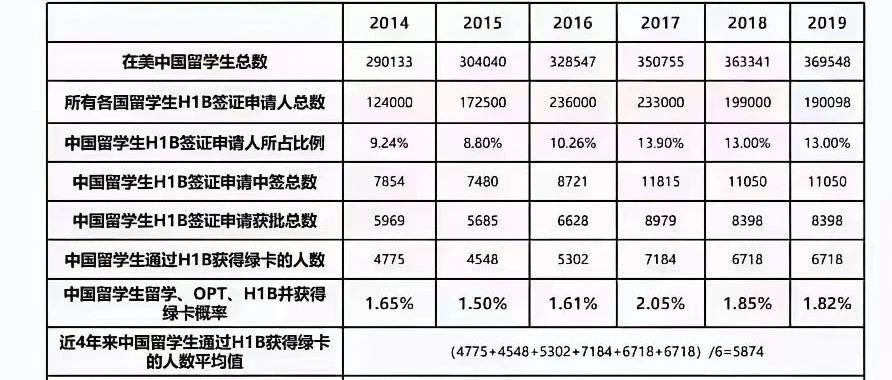WSC Weekly2025世界学者杯the World Scholar's Cup
@WSC小学者们!Jerry喊你来看
WSC Weekly专栏啦!
2025年度主题:重燃未来
Reigniting the Future
WSC Weekly专栏将精选最新话题内容助力小学者准备世界学者杯!
让我们怀着
永恒的学术精神与信念
探索未来的无限可能吧!
锁定每周WSC Weekly
上期回顾&Quiz答案揭晓
在2025年世界学者杯第16期WSC Weekly栏目中,我们与小学者一起了解了人类用来抵抗世界末日的种子库。在上期的趣味Quiz中,你是否找到了正确答案?现在就让我们一起来揭晓吧!
点击查看上期话题
世界末日来了,你还能吃到蔬菜和奥利奥吗?
When the doomsday comes, can you still eat vegetables and Oreos?
第16期Quiz答案揭晓:
Which of the following conditions pose the biggest threat to the Global Seed Vault? 以下哪种情况对全球种子库构成最大威胁?
A. Earthquake 地震
B. Global Warming 全球变暖
C. Short of electricity 电力短缺
D. Spread of infectious disease 传染病蔓延
E. The third world war 第三次世界大战
正确答案:B
Key: B
2025年第17期
Weekly Intro
长生不老有可能通过科技实现吗?冷冻术、基因编辑、干细胞……人类到底为永生藏了多少黑科技?本期Weekly带你走进实验室,看看还有什么秘密!
2025 No.17
还想再活五百年?永生技术了解一下
The Technologies for Life Extension
永生技术
几个世纪以来,“永生”的理念一直激发着人类的想象力。从关于青春之泉的古代神话,到描绘不朽世界的现代科幻故事,人类对抗死亡的可能性始终抱有浓厚兴趣。而如今,随着科学与技术的迅速发展,这一梦想或许正逐步向现实靠近。研究人员正在探索各种延长寿命的手段,从死亡后冷冻身体,到再生器官,甚至将人类意识上传至计算机。尽管这些方法尚未真正实现永生,但它们都为我们提供了可能极大延长寿命、甚至永不死亡的未来图景。以下是几种当前最具前景的人类延寿技术,以及它们所引发的伦理问题。
For centuries, the idea of living forever has captured the human imagination.From ancient myths about fountains of youth to modern science fiction tales of immortality, we have long been fascinated by the possibility of defying death. Today, this dream may be inching closer to reality. Thanks to rapid advances in science and technology, researchers are exploring a wide range of life-extension techniques—from freezing the body after death to regenerating organs and even uploading the mind into a computer. While none of these methods guarantees eternal life just yet, they each offer glimpses of a future in which human beings might radically extend their lifespans—or perhaps never die at all. Below, we explore some of the most promising approaches to extending human life and the profound ethical questions they raise.
冷冻术(Cryonics)
冷冻术是生命延长领域中最早也最具争议的构想之一。它的原理是在法律确认死亡后立即将人体冷冻至–196°C左右,以期在遥远的未来医学技术足够发达时,能够将其复活、治愈致死疾病,并恢复生命。该技术采用被称为“抗冻剂”的特殊溶液防止细胞被冰晶破坏,然后将身体储存在液氮中。虽然尚无任何人类成功复苏的案例,但支持者认为,即使复活的几率微乎其微,也值得尝试。然而,批评者指出冷冻术仍处在科学边缘,其有效性和伦理性都存在巨大争议。例如:冷冻的人是否真的算死去?家属应如何面对和哀悼?尽管如此,对于某些人来说,冷冻术提供了一线希望:如果死亡是科学未来可以解决的问题,那么冷冻就只是“等待治愈”。
Cryonics is one of the earliest and most provocative ideas in the life-extension toolkit.It involves preserving a person's body at extremely low temperatures—around –196°C—immediately after legal death. The goal is to "pause" the body in its current state so that, in the distant future, medical technology might be able to revive the person, cure whatever caused their death, and restore them to life.The procedure uses special anti-freeze solutions called cryoprotectants to prevent ice crystals from damaging cells, and the body is then stored in liquid nitrogen. Though no human has ever been successfully revived from this state, advocates argue that even a small chance of future resurrection is worth the effort. Critics, however, caution that cryonics sits on the fringe of science. Many question whether frozen tissues can ever be repaired, and whether it is ethically acceptable to offer this service without proof that it works. There are also legal and emotional challenges—such as whether the preserved person is truly dead, and how families should grieve. Still, for some, cryonics offers a glimmer of hope: if death is a problem science can one day solve, then freezing the body is simply waiting for a cure.
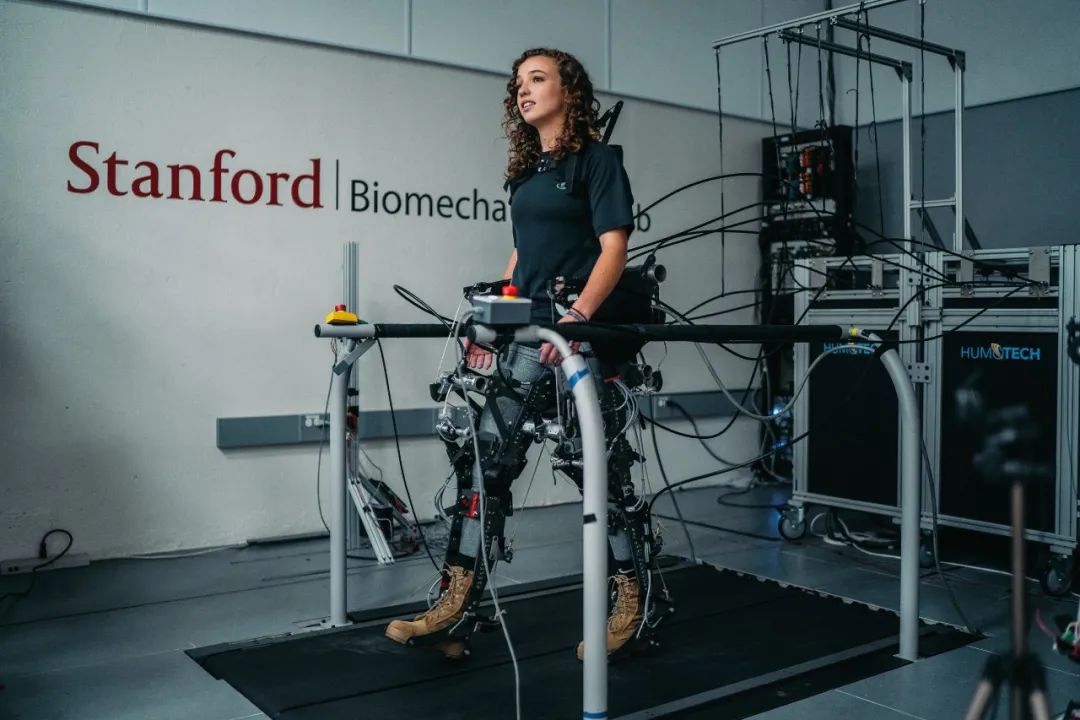
生物机电整合(Biomechatronics)
如果人体老化导致器官衰竭,为何不直接用更好的零件替换它们?这正是生物机电整合的理念所在,即将机械和电子装置植入人体,以增强或取代其功能。我们已经拥有如心脏起搏器、脑控义肢、人工视觉等设备,未来还可能发展出全身“升级”:人工器官、助力外骨骼、甚至可以保存记忆或思维功能的大脑接口。通过更换老化或受损部位,人类或许能够绕过许多衰老问题。然而,这种“人机融合”也引发了道德讨论:只有富人能获得延寿装置怎么办?当身体大部分都是人工构造时,我们还是人类吗?这些“增强人类”是否会在社会中形成新的不平等?
If the body wears out with age, why not replace its failing parts with better ones? This is the idea behind biomechatronics, a field that integrates mechanical and electronic devices into the human body.Think of pacemakers that keep the heart beating, robotic limbs controlled by the brain, or even artificial eyes that restore sight. These technologies, already in use, are just the beginning. In the future, biomechatronics could offer full-body upgrades—artificial organs, powered exoskeletons to maintain mobility, and brain-computer interfaces that preserve memory or cognition. By swapping out aging or damaged body parts with superior, synthetic ones, it may be possible to bypass many of the problems that come with old age. However, this futuristic vision also raises serious ethical concerns. Will only the wealthy have access to life-extending implants? What does it mean to be human if most of your body is artificial? Could enhanced humans outcompete others in society, leading to new forms of inequality?
基因增强(Genetic Enhancement)
人体每个细胞的基础是DNA,遗传编码决定了我们的生长、衰老与最终凋亡。如果我们可以“重写”这些编码,是否就能增强健康、延缓老化?这正是基因增强的目标。借助CRISPR等工具,科学家正在尝试编辑那些影响寿命、疾病抵抗力与细胞修复能力的基因。例如,一些动物(如蠕虫和小鼠)通过基因编辑已经实现寿命翻倍。对人类的研究正集中在减少老年病风险(如编辑与阿尔茨海默症相关的APOE基因),或增强促进细胞再生的基因。不同于需长期服药的治疗方式,基因编辑是一次性、永久性的,甚至可以遗传给后代。但这种技术也伴随重大伦理风险:基因修改错误可能带来未知疾病;富人率先“定制”下一代也可能加剧社会不平等。最具争议的,是对胚胎进行修改(种系编辑),这引发了关于同意权、身份认同,以及“人类是否有权扮演上帝”的深层讨论。
At the root of every cell is DNA—the genetic code that guides how our bodies grow, age, and eventually decline. What if we could rewrite that code to make ourselves healthier and more resistant to aging?This is the aim of genetic enhancement. Using tools like CRISPR, scientists are learning to edit genes that influence longevity, disease resistance, and cell repair.Some animals, like certain worms and mice, have already had their lifespans doubled through genetic tweaks. In humans, researchers are exploring ways to reduce the risk of age-related diseases by editing genes like APOE (linked to Alzheimer's) or enhancing genes that promote cellular regeneration. Unlike drugs that must be taken regularly, genetic edits could be permanent and heritable—potentially passed down to future generations. But with this power comes significant ethical risks. Mistakes in editing could lead to new health problems. There's also concern about a future where only the rich can afford to give their children genetic advantages, deepening social inequality. Most controversially, changing the genes of embryos—known as germline editing—raises questions about consent, identity, and whether we are "playing God" by designing future humans.
干细胞疗法(Stem Cell Therapy)
干细胞被誉为人体“自我修复工具箱”。它们能分化成多种细胞类型,修复受损组织。但随着年龄增长,干细胞功能衰退,人体愈合能力减弱。干细胞疗法希望通过注入新的或重新编程的干细胞,来逆转这一过程,重启人体自我修复系统。目前,这一技术已应用于如白血病的骨髓移植治疗中。未来,它有望修复老化的心脏、关节,甚至是因老年痴呆受损的大脑组织。在动物实验中,干细胞已显示出增强体力、提升记忆、延长寿命的潜力。然而,这种疗法也存在风险,例如细胞生长失控或形成肿瘤等。此外,若使用来源于人类胚胎的细胞,也会引发伦理争议。尽管挑战重重,干细胞疗法仍被视为延缓衰老、实现身体再生的强大武器。
Stem cells are the body's natural repair toolkit. They can develop into many different cell types and help regenerate damaged tissues.As we age, our stem cells become less active, slowing the body's ability to heal.Stem cell therapy aims to reverse this decline by injecting new or reprogrammed cells into the body to rejuvenate organs and tissues.This technique is already used in some treatments, like bone marrow transplants for leukemia. In the future, it could help repair hearts, joints, or even brain tissue damaged by aging or disease. In animal studies, stem cells have restored strength, improved memory, and even extended lifespan. However, stem cell therapies come with risks—such as the possibility of cells growing uncontrollably or forming tumors. Ethical concerns also exist when cells are sourced from embryos. Despite these hurdles, stem cell therapy remains a powerful tool in the fight against aging, potentially allowing people to regenerate their own bodies over and over again.
生殖性克隆(Reproductive Cloning)
提到“克隆”,人们往往会联想到科幻作品中人与人之间完全相同的复制品。从科学角度来说,生殖性克隆是指利用某个个体的DNA复制出一个新的有机体。虽然这一技术已成功应用于动物身上(最著名的案例是“多莉羊”),但在人类身上进行克隆几乎在所有国家都被明令禁止。理论上,克隆可以让一个人复制出自己的生物学“副本”,但这并不意味着会复制其意识、记忆或个性。因此,这并不是真正意义上的“延续生命”,而只是基因物质的延续。有人提出利用克隆技术来培育器官用于移植,但这一想法也遭到很多人反对。克隆个体的权利、遗传缺陷的风险、以及为特定目的而制造生命的道德问题,都让克隆技术的应用处于极大争议之中。
The idea of cloning often conjures science fiction images of identical copies of people.In scientific terms, reproductive cloning involves creating a new organism with the same DNA as another individual.While this has been achieved in animals—most famously with Dolly the sheep—it remains banned in humans in almost all countries. Theoretically, cloning could allow a person to create a biological duplicate of themselves, but it would not transfer their consciousness, memories, or personality. As such, it doesn't offer true personal life extension, but rather the continuation of one's genetic material. Some have proposed controversial uses for cloning, such as growing organs for transplant, but these ideas raise serious ethical concerns. The rights of the clone, the risks of genetic defects, and the moral implications of creating life for a specific purpose all weigh heavily in the debate.
数字克隆(Digital Cloning)
在所有延长寿命的设想中最激进的方案,是彻底放弃肉体,只保留数字化的大脑。这项理念被称为数字克隆或意识上传,其设想是将人的思想、记忆和个性上传至计算机中,从而在肉体死亡之后继续“存在”。理论上,这样的数字人格可以在虚拟世界中生存、与他人互动,并摆脱衰老和疾病的束缚。尽管这种设想目前仍完全属于科幻范畴,但神经科学和人工智能的不断发展,正在慢慢使它变得不那么遥远。然而,这也引发了一系列复杂的哲学难题:如果你的意识被上传,那还是你本人吗?还是只是一个极其逼真的复制品?数字人格是否应享有人的权利?它们是否可以被复制、编辑,甚至删除?一些人担心意识可能像软件一样被操控,导致“数字奴役”的出现。但也有人将数字永生视为人类最终战胜死亡的胜利。不论如何,这一理念都对“生命”、“死亡”与“人类本质”的传统认知提出了前所未有的挑战。
Perhaps the most radical idea in life extension is to abandon the body altogether and preserve the mind in digital form.Known as digital cloning or mind uploading, this concept imagines copying a person's thoughts, memories, and personality into a computer, where they could continue to exist even after the biological body dies. Theoretically, a digital version of a person could live in a virtual world, interact with others, and escape the limits of aging and disease. This idea is still entirely speculative, but advances in neuroscience and artificial intelligence are slowly making it more imaginable. However, it raises some of the most difficult philosophical questions of all: If your mind is uploaded, is it really still you, or just a convincing copy? Would digital beings have rights? Could they be copied, edited, or deleted? Some fear the rise of "digital slavery" where consciousness can be manipulated like software. Others see digital immortality as the ultimate triumph over death. Either way, this idea challenges everything we thought we knew about life, death, and what it means to be human.
Weekly关键词 Key Words
►Biomechatronics 生物机电整合
►Cryonics 冷冻术
►Genetic Enhancement 基因增强
►Stem Cell Therapy 干细胞疗法
►Reproductive Cloning 生殖性克隆
►Digital Cloning 数字克隆
所属话题
# Reliving It Up
相关阅读
https://www.cnet.com/pictures/frozen-in-time-inside-alcor-life-extension-the-facility-preserving-the-dead-through-cryonics/
https://smw.ch/index.php/smw/article/download/1270/1425?inline=1
https://www.vox.com/the-highlight/24121932/anti-aging-longevity-science-health-drugs
Weekly FUN Quiz
相信现在你已经了解了“永生的黑科技”!那就快来参与本期Weekly FUN Quiz👇,告诉老师你的答案吧!
Quiz
在神话《西游记》中,妖怪们都梦想着吃唐僧肉可以长生不老。23世纪的科学家研制出了现实版的唐僧肉产品,那么这个产品最有可能基于以下哪种技术?In the mythological Journey to the West, demons dreamed of immortality by eating the flesh of the Longevity Monk. 23rd-century scientists developed a real-life version of the Longevity Monk's meat product, which would most likely be based on which of the following technologies?
A. 生物机电整合 Biomechatronics
B. 冷冻术 Cryonics
C. 基因增强 Genetic Enhancement
D. 干细胞疗法 Stem Cell Therapy
E. 数字克隆DigitalCloning


